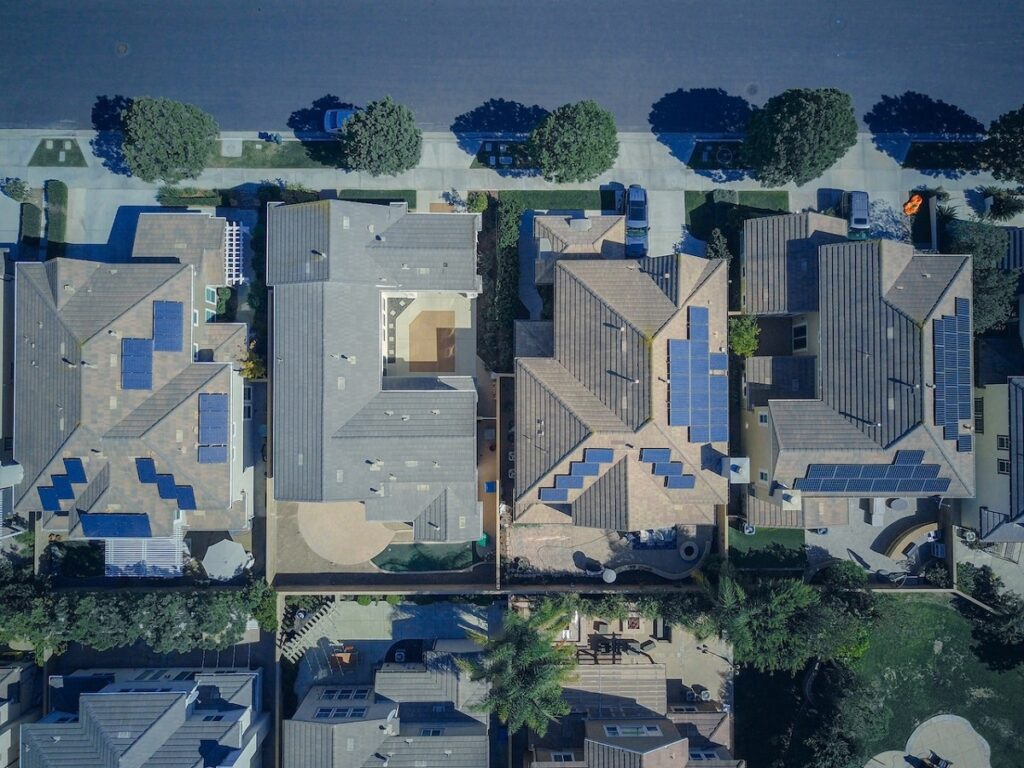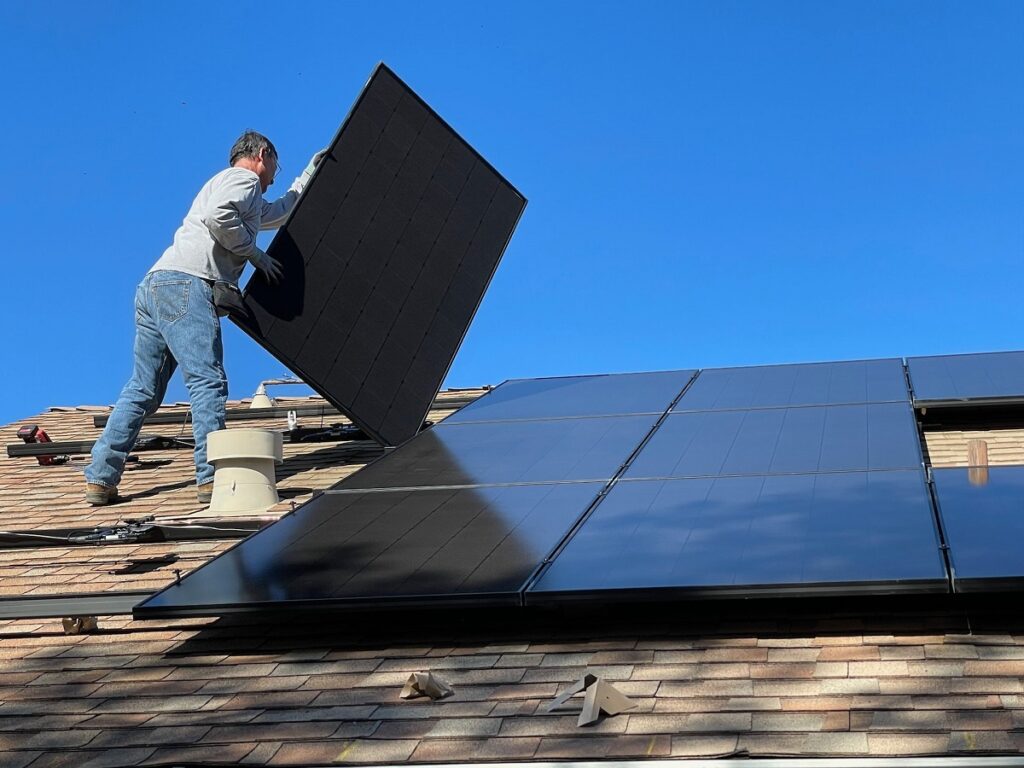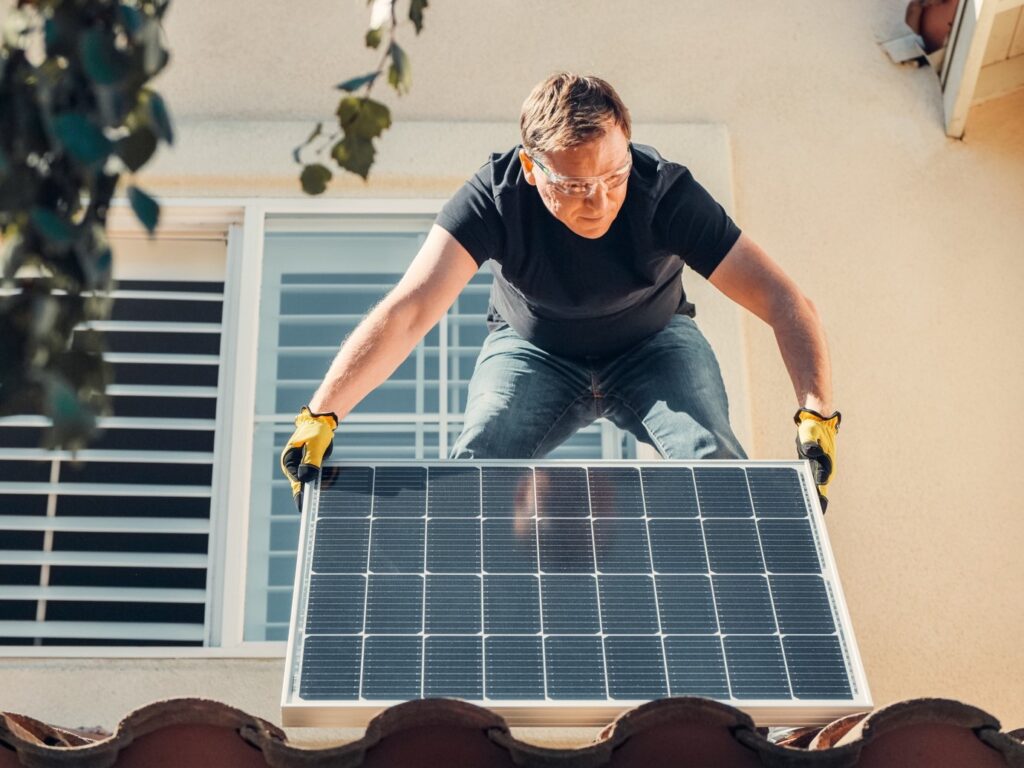Let’s face it, all we want is cheap reliable power, right? I was thinking that when the lights went out in our neighbourhood in coal-dependent NSW on Sunday afternoon. For about three hours, just as I was settling in to watch an A-League game on my iPad.
There was no explanation from Essential Energy, it was probably a fallen branch or a transformer issue. The nearest wind or solar farm is at least 300km away.
Outages do happen. But heaven help the energy debate in Australia if they occur at even a minor scale in the big cities or elsewhere over the next few months.
On Friday, when the Tesla big battery was officially opened north of Adelaide, there was a power outage nearby because of overnight storms.
Tesla’s mega-battery
Rupert Murdoch’s The Australian didn’t miss its mark: “Blackouts welcome Tesla’s mega-battery,” it headlined, and doubled the dose in its editorial column, which repeated, for the Nth time, the standard right-wing nonsense about the cost of renewable energy subsidies.
(Note: If the power lines are down, it doesn’t matter what you use to generate electrons, they won’t get to the destination – although the new battery next to the Wattle Point wind farm next May and a renewable-based micro-grid may limit the impacts of lines down elsewhere).
But renewable energy naysayers don’t want to be bothered by such details. If you really want to know what conservatives think about renewables and this coming summer, you could take a dive into RenewEconomy’s email inbox.
“F***, I like this period we are heading towards,” writes one regular correspondent of the summer and the threat of outages. “What a mess this has turned out to be – renewable bullsh** power.”
We need a blackout this summer
And some are quite public about it. “We need a blackout this summer,” wrote 3AW’s conservative shock-jock Tom Elliott in his blog a few months ago, and presumably repeated on the airwaves, too.
“I hope we suffer from a giant, statewide blackout on a super hot day this coming summer,” Elliott wrote.
“Nothing else will convince our head-in-the-sand political leaders to abandon their idiotic and unreliable energy polices in favour of what all Victorians rightfully demand – a cheap and reliable power supply.”
And by cheap and reliable power supply, Elliott does not mean renewables, batteries and mini-grids, which most utilities and power system operators say would be the best guarantee against outages.
Elliott means coal generators, of the type that had three big units out last week (two at Yallourn and one at Loy Yang A), or a total of 1300MW.
And when this outage was made worse by gas supply problems at the Longford gas terminal, it forced AEMO to intervene in the market for 100MW of demand response to ensure the lights stayed on.
That intervention – using the Reliability and Emergency Reserve Trader – surprised many in the market – because the forecast demand was not extreme and the prices were not high, and did not appear to follow the normal levels of escalation. i.e. an actual LOR2 (second level of lack of reserve, just one stop short of actual load-shedding).
Many would have been disappointed that the prices did not spike to $14,000/MWh.
About the same time, the Tesla big battery was “invited” to discharge into the afternoon peak in South Australia.
But such is the lack of visibility around these RERT interventions that there were no real clues as to what actually went on, and who did what and why. Or got paid how much.
“That was a rude start to the summer-time,” said one participant.
AEMO’ Cautious
AEMO itself has made clear that the bigger threat to Australia’s energy supply this summer is the unexpected outage of one of the bigger generators – either coal or gas – like the big coal and gas generators which tripped in NSW and South Australia, and the others that simply lay idle.
This is the reason it has lined up some 2000MW of “reserve capacity” – including moth-balled generators, demand response, and other technologies – to deal with any such misadventures. These are the last line of defence.
AEMO has taken an especially cautious approach, perhaps not surprising given that its own procedures came under question – both in the South Australia “system black” last September, and in the load shedding in February.
The sort of precautions that AEMO failed to take on those two occasions are now standard practice – at the merest mention of high wind or storm activity, both in high renewable states like South Australia and coal dependent states like NSW and Queensland.
In South Australia, for instance, it has introduced a new rule that requires a certain amount of gas generation to be online at all times of high wind output. ElectraNet said last week it believed those rules would be relaxed over time, particularly as new storage came into the market.
In the meantime, AEMO has also imposed new rules, or a new interpretation of rules, that hit new solar farms, and some wind projects, by requiring them to ride through certain events. It is not a technical problem, but it has resulted in added costs to projects already under construction.
AEMO, in its summer readiness report last week, also revealed a major review of its own practices (extra training, reading weather reports more than twice a day), and has been visiting the big generators.
In the words of one insider, this has involved “reading the riot act” to the operators of these machines – mostly to make sure that they are aware of, and communicate, any problems and limitations that may arise in the case of extended periods of hot weather.
AEMO, in past summers, has been given advice sometimes just minutes ahead of time. It has now decided that this is not good enough. It is a recognition that there are as many problems with ageing fossil fuel generators than there are with any increase in renewables.
But such facts won’t cut any mustard with renewable nay-sayers. As with the unhinged response from the right wing to the Tesla big battery (Conservatives go completely nuts over battery storage), and the idea of smart, efficient technologies like demand management, don’t expect a reasoned debate.
In July, the ex-Kiwi and newly re-elected member for New England, and Nationals leader Barnaby Joyce made it clear that if a state like NSW, even with a relatively small amount of renewable energy in its system, has a major blackout, then renewables would be held to blame.
Joyce even said it could be the “end of the industry”. Little matter that the biggest threat to Sydney’s power supply last summer, and this coming one, is the possible trip of one of the ageing coal generators.
Harwin noted that NSW did nearly lose power, when two big coal units and two big gas generators failed at the peak of a heat-wave, but was only saved because wind and solar performed as predicted, producing at record amounts, and the Tomago aluminium smelter was directed to reduce power.
As one insider said, this summer it is quite likely that coal plant will simply blow a gasket, particularly after several days of unrelenting heat. Or someone could simply drop a spanner in the wrong place, just to see the impact.
But don’t expect Joyce to be so even handed if there is political mileage to be made this summer. And don’t expect the Murdoch media and the conservative talk-back ignorati to do the same.
Read more about our Products & Services


